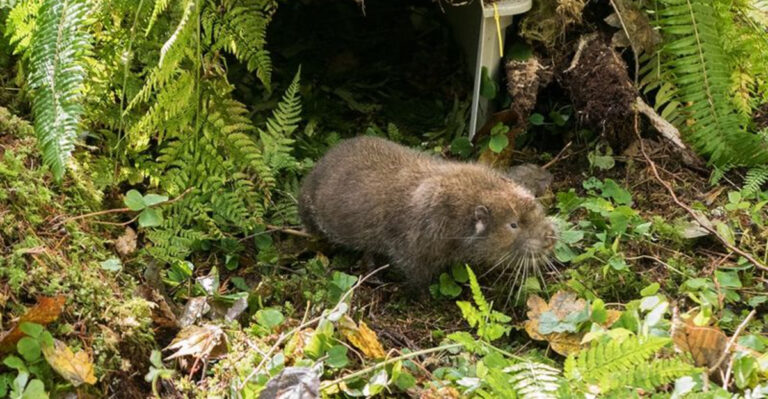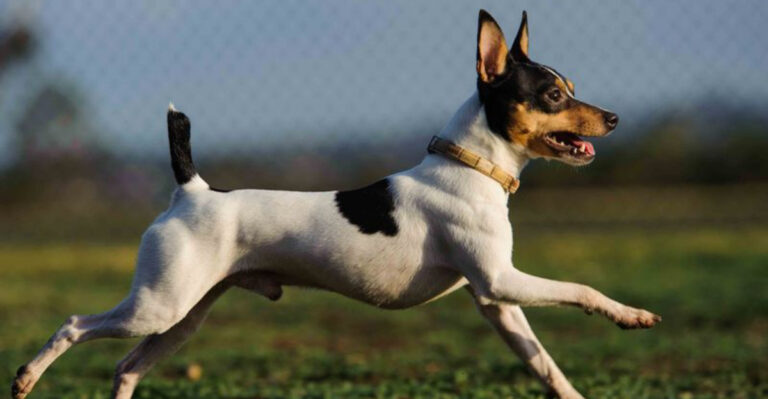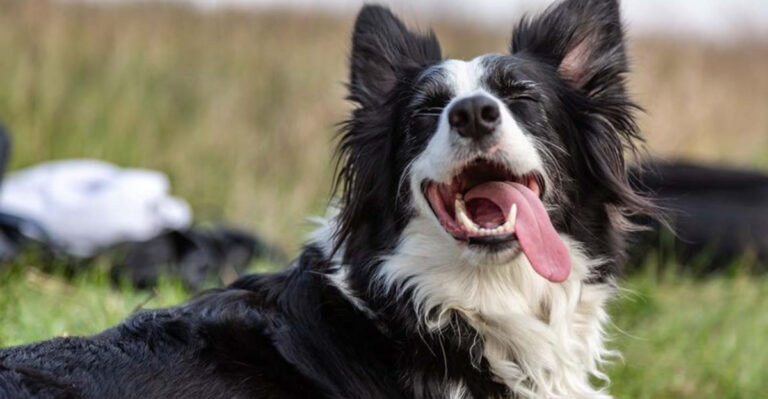Pronghorn: The American Speedster Built To Outrun Cheetahs

Imagine an animal so swift it evolved to outrun predators that no longer exist on its continent. Meet the pronghorn, North America’s speed demon that can sustain 35 mph for miles and sprint up to 60 mph when needed.
These remarkable creatures, often mistakenly called antelopes, have adapted to outpace extinct American cheetahs, making them living relics of an evolutionary arms race.
1. Evolutionary Excess
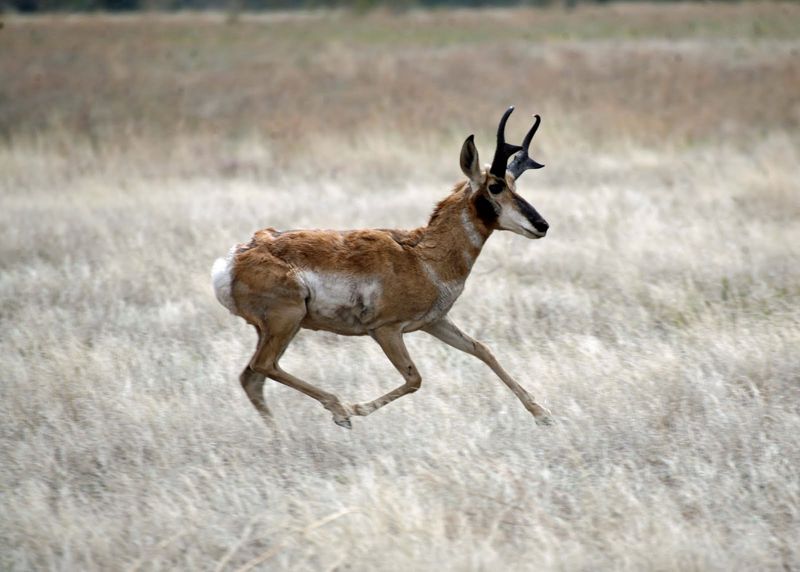
The pronghorn’s incredible speed is essentially a biological leftover. They evolved their blazing quickness to escape American cheetahs that went extinct around 12,000 years ago.
Today’s pronghorns are still built like sports cars when they only need to outrun wolves and coyotes – it’s like bringing a rocket launcher to a water gun fight!
2. Not Actually Antelopes
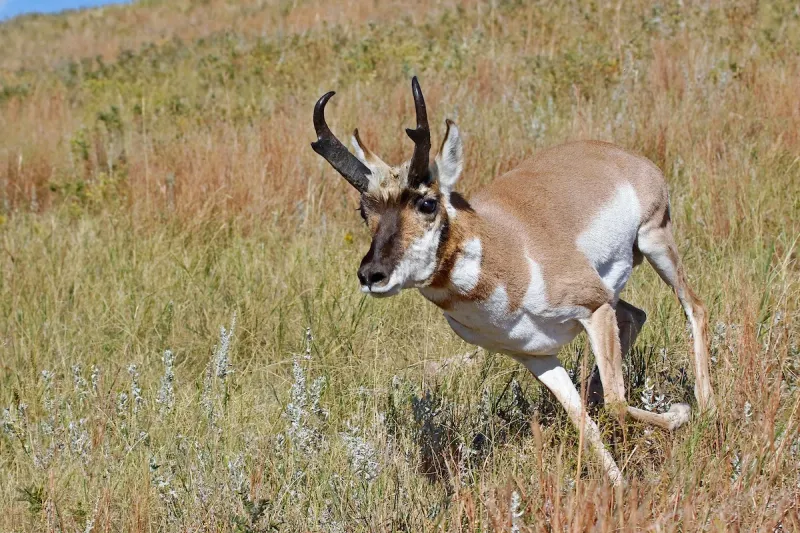
Despite their nickname ‘American antelope,’ pronghorns aren’t antelopes at all! They belong to their own unique family, Antilocapridae, and are the sole survivors of a group that once included 12 species.
Think of them as the last remaining member of a once-thriving family tree, with no close living relatives anywhere in the world.
3. Supercharged Lungs
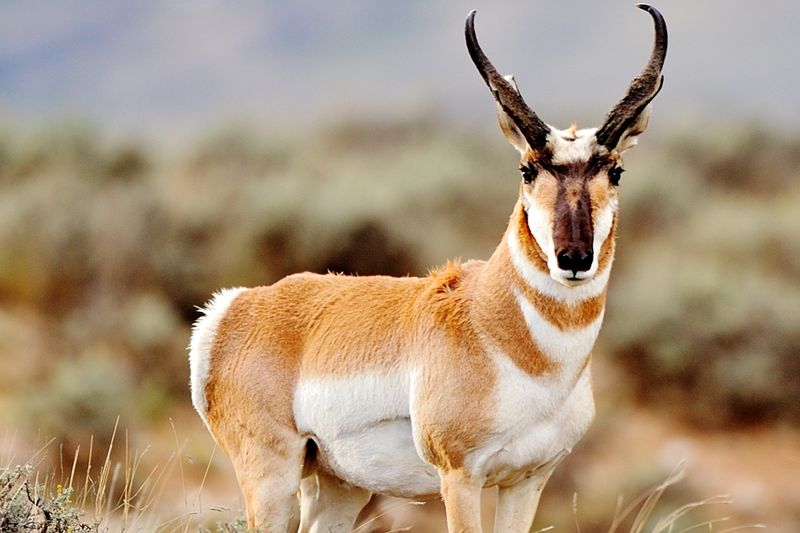
A pronghorn’s respiratory system is the Ferrari of the animal kingdom. Their windpipes are twice the diameter of similar-sized animals, and their lungs can process oxygen three times more efficiently.
During top-speed runs, their enormous hearts pump nearly 4 gallons of blood per minute! This supercharged system lets them maintain incredible speeds without tiring.
4. Unique Headgear
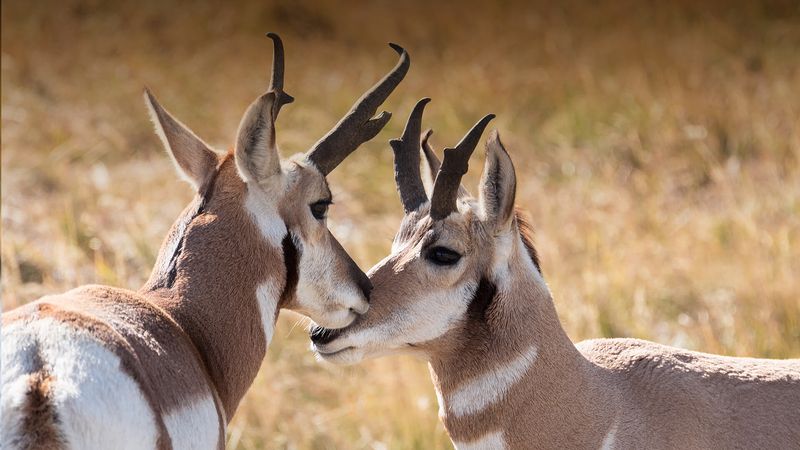
Unlike true antlers or horns, pronghorn headgear is completely one-of-a-kind. Their horns have a bony core covered by a keratin sheath that they shed annually – the only animal in the world with branched horns that shed this outer covering.
Both males and females can sport these distinctive forked accessories, though females’ are typically much smaller.
5. Prairie Panorama Vision
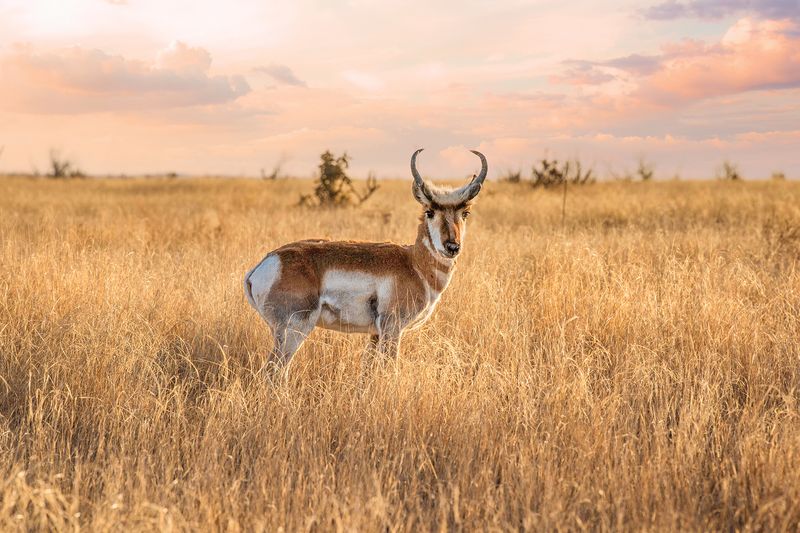
Equipped with eyes nearly as large as an elephant’s, pronghorns can detect movement up to 4 miles away! Their eyes sit on the sides of their head, providing a 320-degree field of vision without turning their neck.
This panoramic view helps them spot predators across vast open prairies, giving them precious seconds to engage their legendary speed.
6. Record-Breaking Migrations
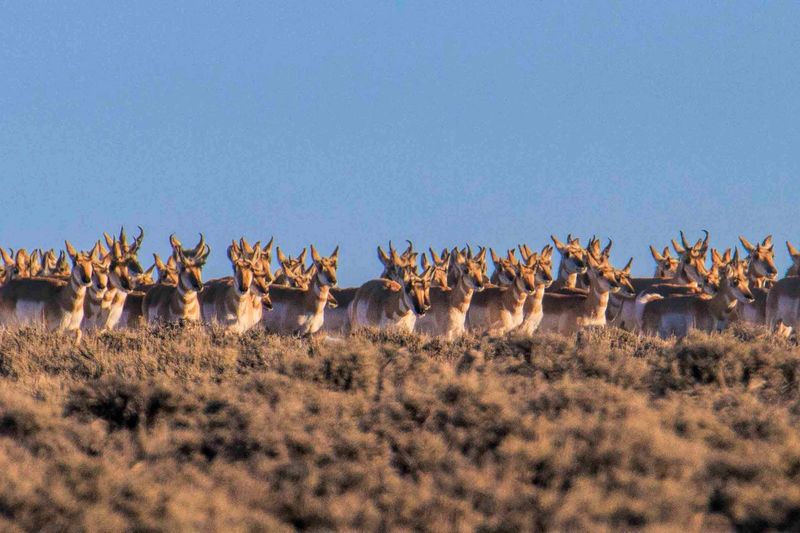
Some Wyoming pronghorns make a 150-mile round-trip migration each year between Grand Teton National Park and the Upper Green River Basin. This journey, called the Path of the Pronghorn, is the longest land migration in the continental United States.
They’ve traveled this same route for over 6,000 years!
7. Built-In Air Conditioning
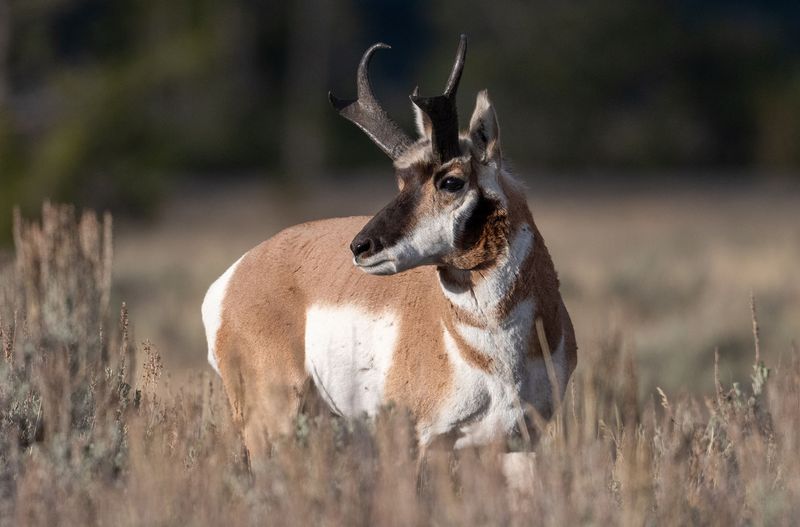
Pronghorns have hollow hair that provides amazing insulation against both heat and cold. When temperatures soar, they can raise these hairs to release body heat, and when winter strikes, they trap air for warmth.
Their white rumps also reflect sunlight during hot days, acting like nature’s cooling system in the treeless plains they call home.
8. Fawns Hide In Plain Sight

Baby pronghorns are masters of camouflage despite living in open grasslands with few hiding spots. Newborns can lie completely motionless for hours, their spotted coats blending perfectly with prairie vegetation.
They’re odorless too, making them virtually undetectable to predators! Within days, these fawns can outrun a human.
9. Population Comeback Story
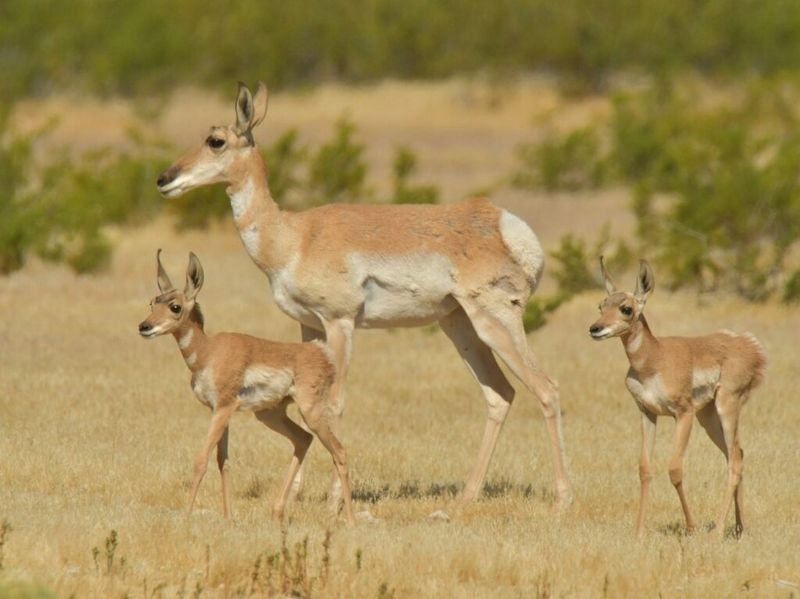
Pronghorns nearly vanished in the early 1900s, plummeting from 35 million to fewer than 20,000 due to hunting and habitat loss. Conservation efforts turned this tragedy around dramatically.
Today, about 700,000 pronghorns roam North America – one of wildlife conservation’s greatest success stories, though still far below their historic numbers.
10. Fence-Jumping Limitations
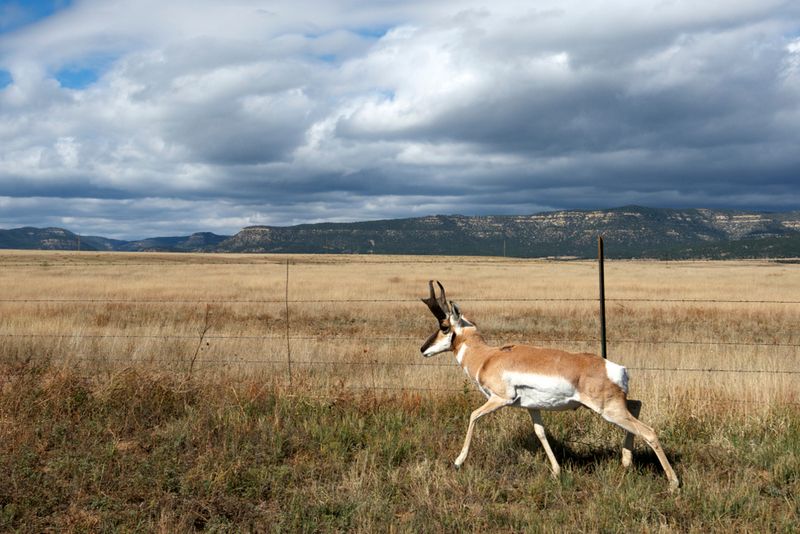
Despite their incredible speed and jumping ability, pronghorns rarely jump over fences – they prefer to squeeze underneath! Their bodies evolved for flat-out running, not vertical leaping.
This quirk creates major migration challenges in fenced rangelands. Wildlife-friendly fencing with a higher bottom wire has become crucial for their survival.
11. Ultra-Efficient Stride
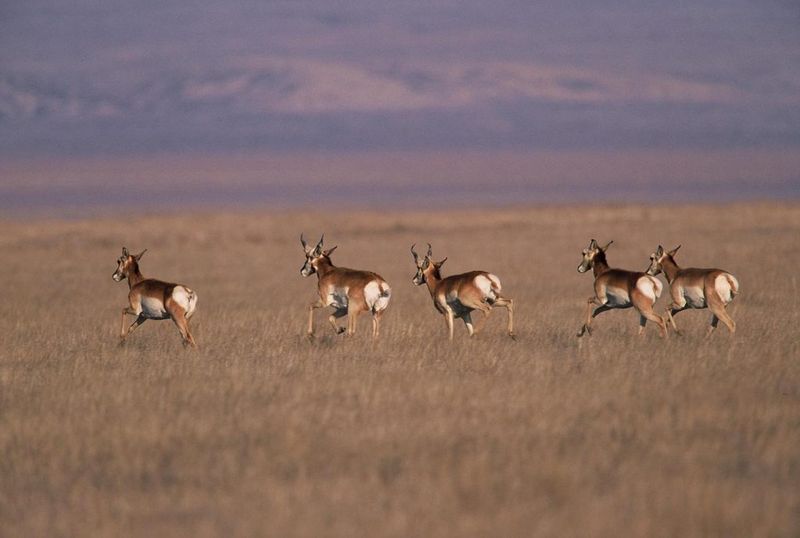
A pronghorn’s running stride is a masterpiece of evolution. At top speed, they can cover 20 feet in a single bound while touching the ground for just a fraction of a second.
Their unique gait, called ‘stotting,’ involves keeping all four feet off the ground simultaneously, creating that floating appearance as they zoom across the prairie.
12. Desert Survivors
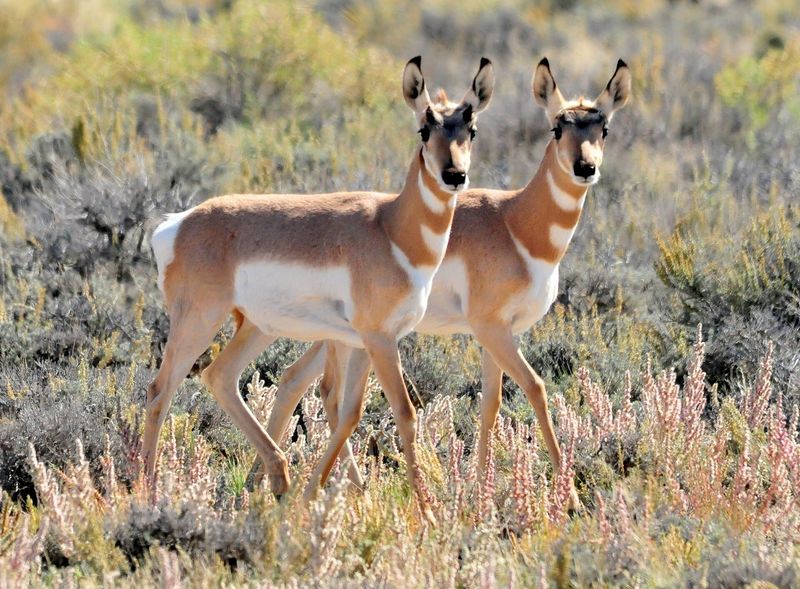
Unlike many hoofed mammals, pronghorns thrive in some of North America’s harshest environments. They can go without water for days by extracting moisture from cacti and other desert plants.
Their efficient kidneys concentrate urine to conserve water, while their light-colored coats reflect the scorching desert sun. Talk about desert survival experts!
13. Social Network Savvy

Pronghorns form different social groups throughout the year. Summer brings loose bands of females with their young, while males either live alone or form bachelor groups.
During fall breeding season, dominant males collect harems of females they fiercely defend. Winter forces them into larger mixed herds of up to 1,000 individuals for safety and warmth.
14. Lightning-Fast Babies
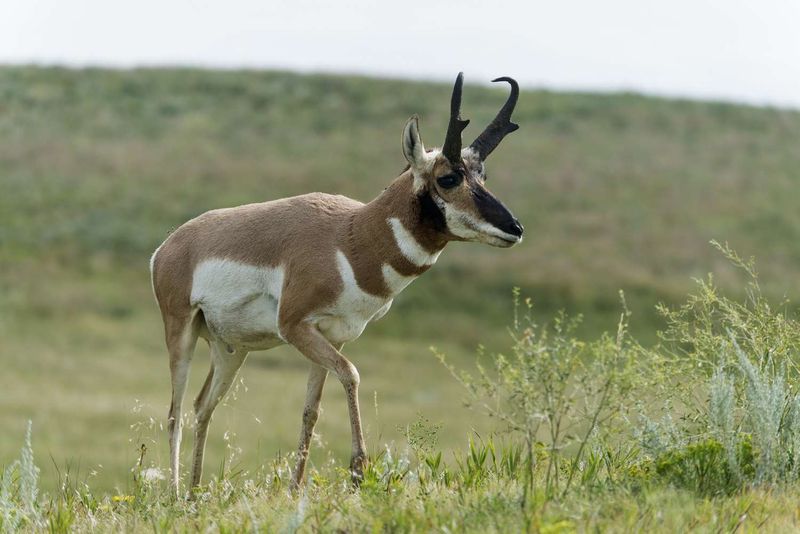
Pronghorn fawns are the Olympic sprinters of the baby animal world. Just 30 minutes after birth, they can stand and walk. By four days old, they can outrun humans.
At just a week old, these precocious youngsters can reach speeds of 30 mph! This rapid development is critical for survival in open habitats with nowhere to hide.
15. Second-Fastest Land Mammal
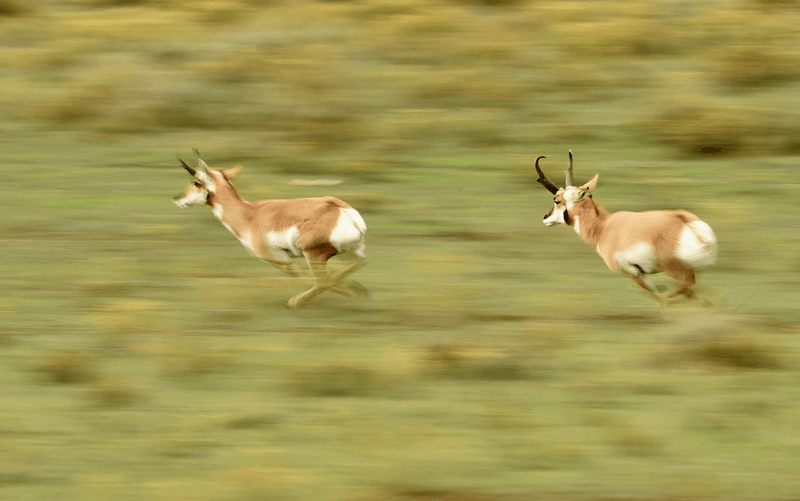
While cheetahs claim the title of world’s fastest land animal at 70 mph, pronghorns take second place globally at 60 mph. The key difference? Pronghorns can maintain high speeds for much longer.
A cheetah sprints for just 20 seconds before overheating, while pronghorns can run at 35 mph for over 4 miles without breaking a sweat!

